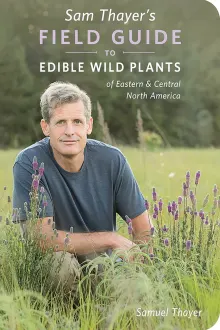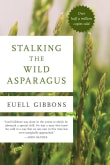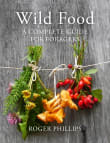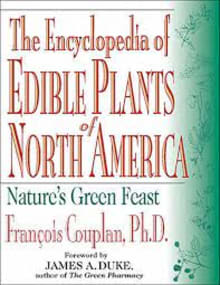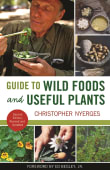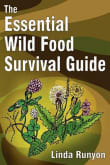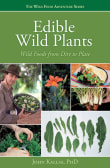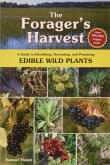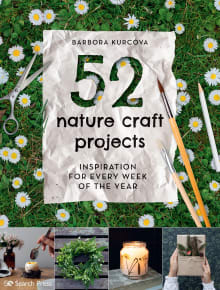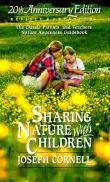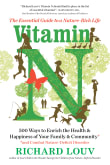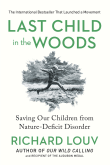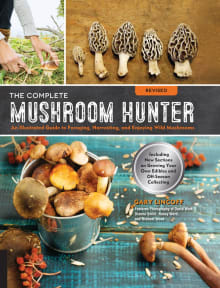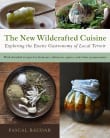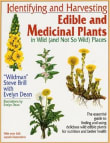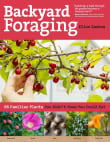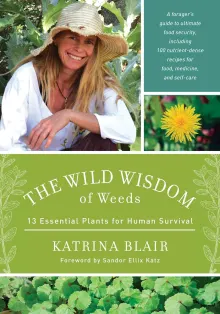Why are we passionate about this?
As writers, we believe that if you have something wonderful to say it needs a beautiful book to say it in. In writing six books together, in the area of herbal medicine and foraging, we have been lucky to find publishers who share our beliefs. How it works is that Julie is our qualified herbalist and a photographer, layout, and typesetting specialist, while Matthew is a professional editor, writer, and compulsive compiler of bibliographies and indexes. Our USP is that we insist each plant deserves a recipe or two, and that we feature many forgotten wild plants from the old herbals that we love to bring back to life.
Matthew's book list on practical herbalism and foraging

Why did Matthew love this book?
We admire this new book by the acknowledged expert on North American edible plants. Sam Thayer’s astonishing field guide is handy in size, a laminated paperback with lovely rounded corners, full of beautiful illustrations and maps, covering most of eastern North America and including over 700 edible plant species.
It is superb on botanical, medicinal and culinary dimensions, and is also fun. How can you resist an author who offers both a ‘regular old boring index’ and ‘the best index (in the author’s opinion)’, which lists, for example, the best herbs to make teas, string or wild spices, the best-kept foraging secrets and the best things to avoid feeding a first date?
1 author picked Sam Thayer's Field Guide to Edible Wild Plants of Eastern & Central North America as one of their favorite books, and they share why you should read it.
Eastern North America is one of the richest foraging landscapes in the world, with a wild abundance of fruits, berries, nuts, roots, tubers, shoots, flowers, seeds, and leafy greens. This guide is the key to unlocking the nutritional and culinary secrets of the natural bounty around us. As the most comprehensive regional guide ever written, it contains detailed descriptions, range maps, and sharp color photos of 675 edible species as well as some of our most troublesome toxic plants. Sam Thayer's Field Guide pioneers a novel identification system using everyday language accessible to beginning and advanced foragers alike, designed to…




